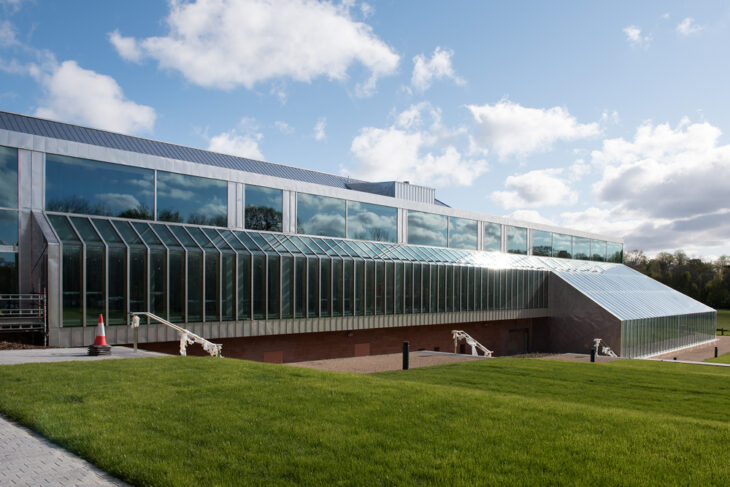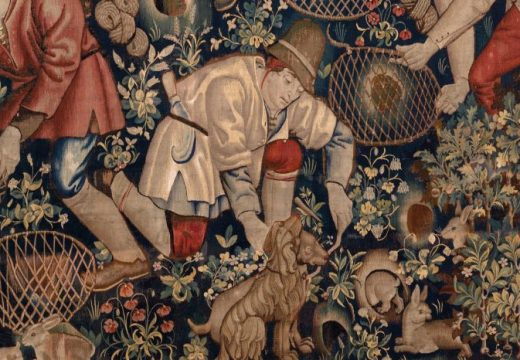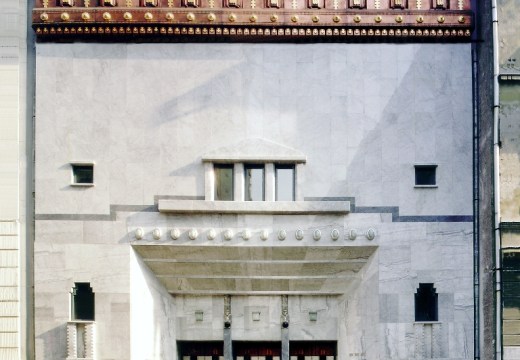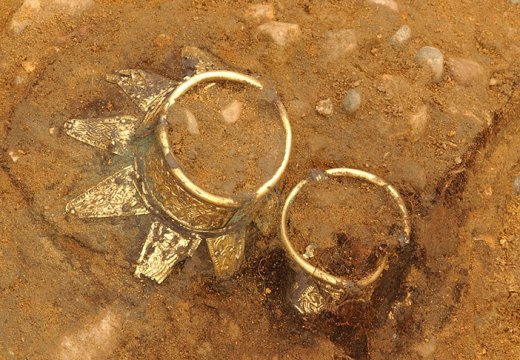When William Burrell died in 1958, leaving his outstanding collection of more than 8,000 works to the city of Glasgow, the shipping magnate stipulated that it should be housed in a museum at least 16 miles from the centre of town, to protect it against pollution. This was ignored, though one suspects Burrell can’t have minded too much. The site of the Burrell Collection, Pollok Country Park, is 146 hectares of woodland, in the heart of which nestles Barry Gasson’s elegant, glass-fronted structure, completed in 1983. It is among the city’s proudest cultural assets – as attested by the £68m that has been spent on a refurbishment that has kept the museum closed since 2016 and, after several delays, is finally due to be unveiled in March. The amount of gallery space has been expanded by more than 35 per cent, allowing for the display of more items from Burrell’s eclectic collection, ranging from French painting to medieval stained glass and tapestries and from Chinese antiquities to Islamic lustreware.

The Burrell Collection, Glasgow. Photo: © Glasgow Life
In Paris, a much-loved set of medieval tapestries returns to view this year. The Lady and the Unicorn, a series of six mille-fleurs designs woven from wool and silk in around 1500, is the jewel in the crown of the Musée de Cluny (musée national du Moyen Âge), which reopens in the spring. This delightful museum – which also boasts an imposing display of 21 stone heads depicting the ancient kings of Judah, pulled off the facade of Notre Dame during the Revolution – has been closed since late 2020, but renovations have been ongoing since 2015. During this time the Gallo-Roman baths in the basement, the preserved medieval townhouse built on top of them and the chapel have all been fully restored, while the facade has been redesigned, with cast-iron fragments of medieval motifs, to offer a grander statement to passers-by on the boulevard Saint-Michel.
A new medieval attraction is coming to Northumberland in the autumn. Ad Gefrin, home of the Anglo-Saxon king Aethelfrith in the early seventh century, was discovered near Yeavering in the 1950s. Now, after an investment of £10.4m, a recreation of the hall in its pomp has been built in nearby Wooler, where a selection of major artefacts and projected films can be seen – as well as the first Northumbrian whisky distillery.

The House of Hungarian Music, Budapest. Courtesy Liget Budapest
It’s a big year for music in the museum. On 22 January – celebrated in Hungary as the anniversary of Ferenc Kolcsey writing the words of what would become the national anthem – the House of Hungarian Music opens in City Park, Budapest. The lavish new structure designed by Sou Fujimoto, with a sheet glass exterior topped by a vast, perforated white roof, hosts new concert halls, an open-air stage, and a 1,000 sq m exhibition space dedicated to a rich history of music in a country that includes Liszt, Bartók and Zoltán Kodály among its national composers. In New York, the Museum of Broadway is scheduled to open in Times Square this summer; in May, the Bob Dylan Museum – home to more than 100,000 artefacts and archival materials – is opening in Tulsa, Alabama, a stone’s throw from the centre dedicated to Dylan’s idol Woody Guthrie. Finally, the Parisian townhouse of Serge Gainsbourg will welcome visitors from this spring – the highlight here will surely be the singer’s living room, preserved as he left it and complete with piano, personal collection of sculpture and Art Deco bar.
Unlimited access from just $16 every 3 months
Subscribe to get unlimited and exclusive access to the top art stories, interviews and exhibition reviews.














![Masterpiece [Re]discovery 2022. Photo: Ben Fisher Photography, courtesy of Masterpiece London](http://www.apollo-magazine.com/wp-content/uploads/2022/07/MPL2022_4263.jpg)
It’s time for the government of London to return to its rightful home